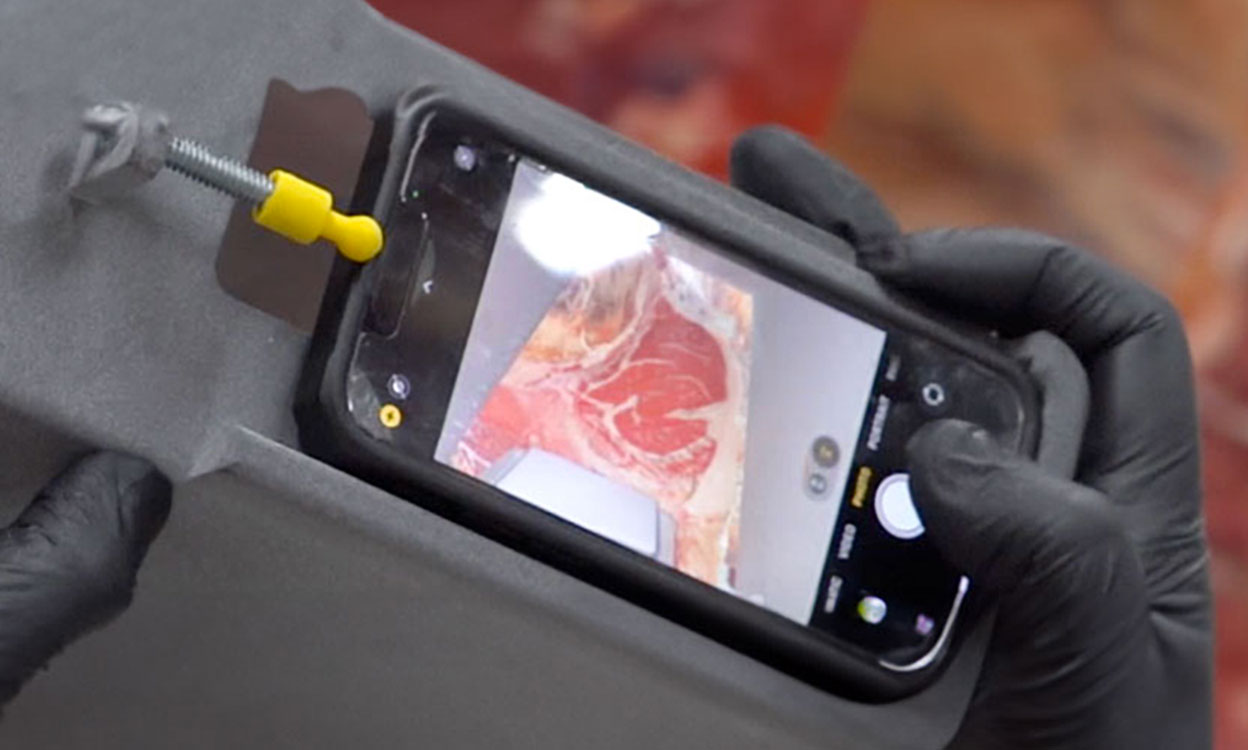The USDA Agricultural Marketing Service launched a pilot program for Remote USDA Beef Carcass Grading in January 2024. This program has unlocked the potential for certain small meat processing facilities to reap the marketing benefits of USDA-graded beef at a much more affordable price. The purpose of this article is to explain the difference between USDA Inspection and USDA Grading, and it will provide some insight into the new program.
Meat Inspection vs. Grading

In order for meat in the United States to be sold, it must be inspected and passed. Inspection is a mandatory service provided by the USDA Food Safety Inspection Service (abbreviated as FSIS) that is funded by taxes through the USDA and focuses on meat safety and wholesomeness. In addition to the USDA, some states also operate their own inspection services that require equal to or stricter standards than the USDA. For more information about inspection, see the article, Meat Inspection in South Dakota: Requirements and Resources for Processing and Selling Meat.
Beef carcass grading is a voluntary service that packers utilize to categorize and price beef carcasses and retail cuts. This service is paid for by the packer and is provided by the USDA Agricultural Marketing Service. Beef carcass grading considers the amount of marbling in the ribeye as well as carcass maturity to assign a carcass grade. The most-common grades assigned in the United States are USDA Prime, Choice, or Select. For more information on beef carcass grades, see the article, USDA Beef Quality Grades: What do they mean?. After beef carcasses have been graded, they are able to be marketed with labels indicating their quality grade or they may qualify for certain Certified Meat Programs, such as Certified Angus Beef.
Increasing the Availability of Carcass Grading

Previously, the use of USDA graders has been cost prohibitive for most small or very small meat processors. In order to have a USDA grader at their facility, the processor is responsible for paying an hourly fee, as well as travel expenses for the grader to get to their location.
This new pilot grading program will allow processors to electronically submit photos of carcasses to be presented for grading. Then, a USDA grader will evaluate the carcass and assign a grade within 24 hours of photo submission. This will allow small processors to market their locally processed beef with the premiums associated with USDA quality grades or Certified Meat Programs.
Processing facilities interested in entering the Remote Grading Pilot Program must be operating under a FSIS, Cooperative Interstate Shipping (abbreviated as CIS), or Federal-State cooperative inspection agreement. Businesses must apply and be approved for USDA Meat Grading Service. Plants utilizing the service will be subject to hourly fees for grading, as well as fees for on-site visits or compliance activities.
Those interested in learning more about the program should visit the USDA Remote Grading Pilot for Beef website.








